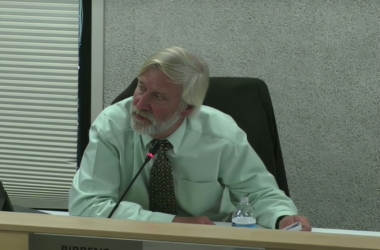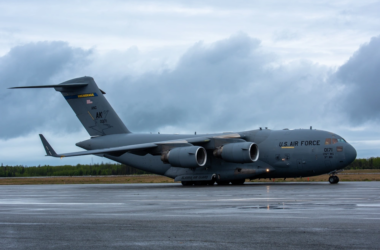Alaska’s congressional delegation—Senators Dan Sullivan, Lisa Murkowski, and Congressman Nick Begich—announced a $25 million investment in aviation safety from the Federal Aviation Administration (FAA) under the Don Young Alaska Aviation Safety Initiative (DYAASI). The funding, secured through a provision in the 2024 FAA Reauthorization Act authored by Sen. Sullivan, provides $25 million annually through 2028 to address Alaska’s high aviation accident and fatality rates.
The DYAASI was created in response to a 2020 National Transportation Safety Board (NTSB) report showing Alaska’s aviation accident rate was more than twice the national average. The initiative prioritizes improvements in critical safety systems, particularly in rural and remote areas lacking reliable weather data and telecommunications infrastructure.
The FAA will also expand its satellite use in Alaska, increasing from four to 16 sites to improve weather monitoring connectivity.
Sullivan called the investment a “significant down payment” on aviation safety, while Murkowski emphasized the upgrades will reduce flight delays and prevent tragedies.
“In Alaska, aviation is absolutely essential. Yet many of our rural communities either have poorly maintained safety and telecommunications infrastructure or lack it altogether, leaving them without vital weather data,” said Sen. Sullivan. “This amplifies the risks in a state that already has unacceptably high rates of aviation accidents and fatalities.”
“Don Young spent his 49-year career fighting to make aviation safer for Alaskans – and we continue to build on that legacy,” said Sen. Murkowski. “…The Don Young Alaska Aviation Safety Initiative will pave the way for significant progress towards that goal by investing in critical upgrades to our aviation weather reporting systems. Our state has an all-too tragic history of fatal air crashes.”
Begich highlighted the need for Alaska to set the national standard in aviation safety. “Alaska must be the gold standard in aviation safety. It is critically important to ensure that every flight is backed by the technology, data, and the resources needed to make aviation safer in Alaska and throughout our nation. That is what we owe the people of Alaska.”






